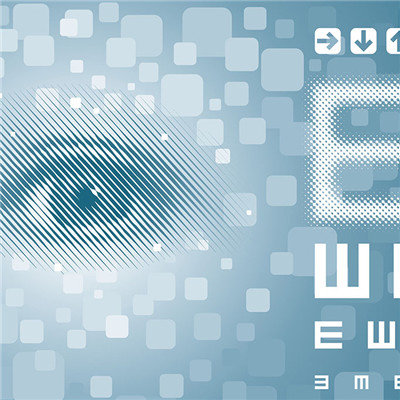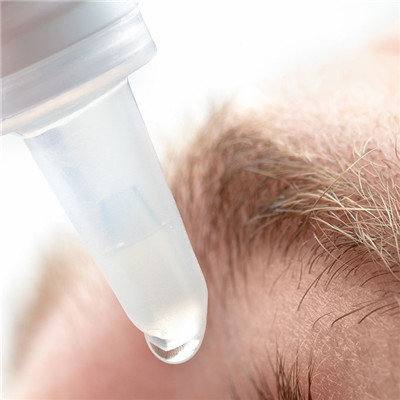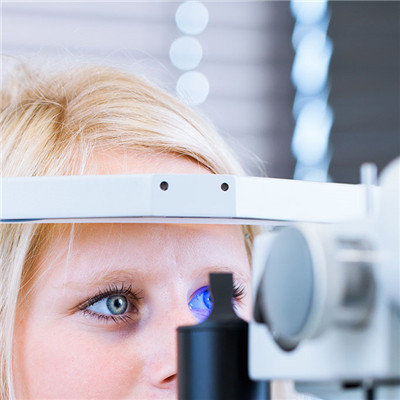Symptoms of neurokeratitis?
summary
Neurotrophic keratitis is a degenerative disorder of corneal epithelial healing. It is characterized by corneal paresthesia. There are many causes of corneal paresthesia, including the trigeminal nucleus and the corneal nerve endings. Herpes virus infection and ocular branch injury of trigeminal nerve are the most common causes. Symptoms of neurokeratitis? Let's talk about it
Symptoms of neurokeratitis?
The early manifestation of neurogenic keratitis is hyperemia and edema of the limbus, followed by edema of the corneal epithelium. The most common defect was palpebral fissure.

The punctate epithelial defect gradually fused to form a large area of corneal epithelial deficiency and ulcer. The epithelium on the edge of ulcer is smooth and slightly uplifted, and there is no obvious matrix infiltration around the ulcer. Its ulcer has relative characteristics, which is different from infectious ulcer. It is called "nutritional ulcer" or "inert ulcer".

When the secondary infection or local use of corticosteroids and other inappropriate treatment, can appear matrix fusion, ulcer progression serious can cause corneal perforation. When the epithelial defect persists, aseptic hyphema and posterior elastic layer folds may appear.

matters needing attention
Nerve growth factor nerve growth factor treatment of neurogenic keratitis has achieved significant results. Studies have shown that after topical application of nerve growth factor, corneal ulcer began to heal from the second day, and all patients' corneal ulcer healed within 6 weeks. Most of the patients (59% - 89%) had improved corneal sensation, and a few patients recovered to normal corneal sensation












